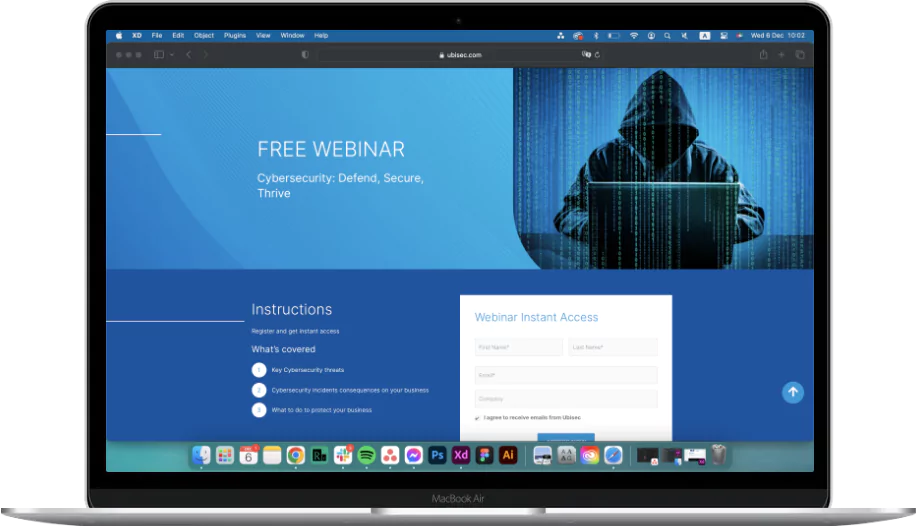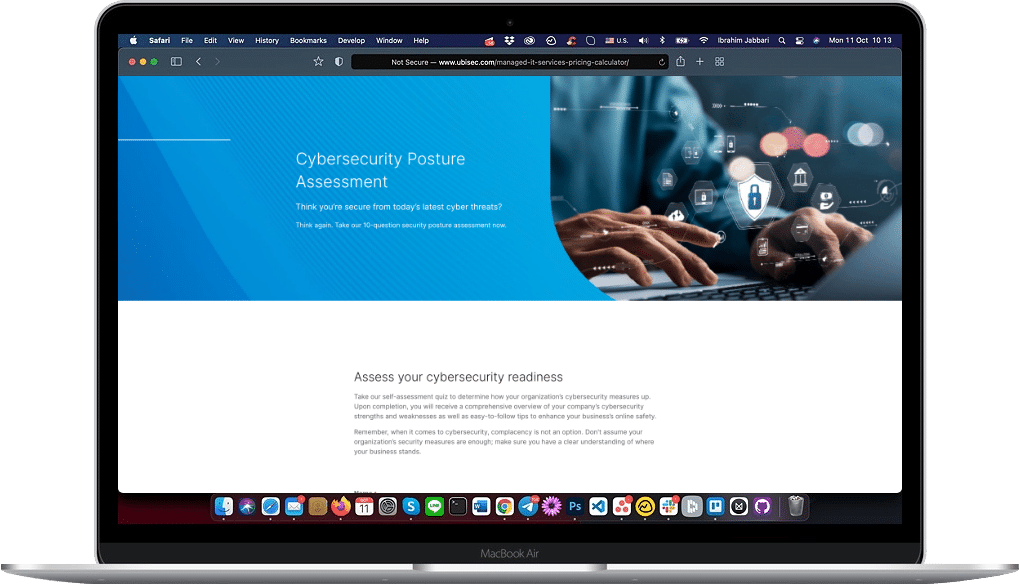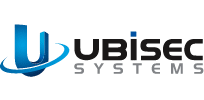In the heart of every modern organization lies an invisible conductor, orchestrating the symphony of Information Technology (IT) that powers its operations. Imagine this conductor as IT budgeting – the unseen maestro that harmonizes financial resources with digital aspirations, creating a crescendo of seamless functionality and innovation.
Just as a composer meticulously arranges musical notes, IT budgeting involves identifying, categorizing, and strategizing the financial resources required to fuel a spectrum of IT activities. From the ethereal realm of software, to the tangible domain of hardware – IT budgeting’s virtuoso performance fuels the efficient functioning of an organization’s IT ecosystem.
To get to the center of IT budgeting, we first need to understand it. So, let’s get started.

Understanding IT Budgeting
IT budgeting is crucial in efficiently functioning any organization’s Information Technology (IT) infrastructure. It involves identifying, categorizing, and planning the financial resources required to support various IT activities within a company. In addition, IT budgeting encompasses a wide range of costs, including software, hardware, services, personnel, and infrastructure needed for optimal IT functionality. The IT budgeting process aids in predicting and controlling the costs associated with implementing new technologies, maintaining existing systems, and upgrading outdated systems.
A key aspect of IT budgeting is its adaptability. As the needs and circumstances of the business change, a designated team member must regularly monitor and adjust the IT budget accordingly. This flexibility ensures that the company can effectively respond to shifts in technology and business requirements.

Benefits of Effective IT Budgeting
Improved Financial Management
A well-planned IT budget provides transparency and clarity into IT expenditures, leading to better financial management. By allocating funds strategically, companies can ensure that resources are efficiently distributed to the most critical IT projects and necessities. This, in turn, aids in cost reduction and control, preventing unnecessary IT expenses and ensuring a healthy financial bottom line.
Enhanced Strategic Alignment
IT budgeting ensures that IT resources and initiatives align closely with the organization’s strategic goals. It enables prioritizing IT projects based on their strategic value, fostering an environment where IT is not solely a cost center but a strategic enabler for the business. This alignment helps the organization stay focused on its long-term vision and growth.
Fostered Innovation
Effective IT budgeting allocates resources for research and development, thereby encouraging innovation within the IT department. Organizations can achieve a competitive edge in the market by investing in new technologies and solutions. Moreover, budgeting stimulates innovation by challenging IT professionals to identify and implement cost-effective solutions.
Increased Operational Efficiency
IT budgeting is instrumental in identifying operational inefficiencies and areas for improvement. Companies can boost operational efficiency by earmarking funds for process enhancement and essential IT tools. This optimization ensures the IT department operates at peak performance, contributing to overall business efficiency.
Risk Management
Potential risks and threats to IT infrastructure can be identified and addressed within the IT budgeting process. Allocating funds for risk mitigation strategies, such as robust cybersecurity measures, is critical to effective IT budgeting. This proactive approach ensures business continuity and minimizes potential financial losses from IT-related risks.

Key Considerations in IT Budgeting
Understanding the Company's IT Needs
Before embarking on the IT budgeting journey, it is essential to comprehensively assess the company’s technical requirements. This involves profoundly understanding the IT infrastructure needed to support day-to-day business operations. In addition to daily operations, it’s also vital that you strategize toward your organization’s future.
Suppose your company is on a steady growth trajectory. Can your IT infrastructure, servers, help desk, and more handle an increased workload of customers, online activity, and customer support calls to name a few? Or should you consider migrating to a more robust system that can handle an increased workload more efficiently than your current systems?
Accurate IT budgeting is crucial for identifying software, hardware, and services (such as cloud solutions or IT consulting). A cybersecurity expert or guide is often required to help walk you through a plan or process. While your software and hardware weren’t in the budget, you need to ensure any consultant, managed service provider, or subject matter expert is included in your expenditures.
Balancing Between Operational Expenses and Capital Expenses
Distinguishing between Operational Expenses (OpEx) and Capital Expenses (Capex) is fundamental in IT budgeting. OpEx covers recurring costs associated with running the IT system, while Capex involves investments in long-term assets like servers and software systems. Striking the right balance between these two categories is essential to maintaining the company’s financial health while ensuring the IT budget supports daily operations and future growth.
Prioritizing IT Projects Based on Their Return on Investment (ROI)
When planning the IT budget, assessing each IT project’s potential Return on Investment (ROI) is essential. This involves carefully weighing the project’s cost against its potential financial returns. While projects with higher ROI should take precedence, it’s also crucial to consider each initiative’s urgency and strategic significance. Any area of high importance and a requirement to progress should take precedence. In addition, projects that require a more prolonged investment of time but will lead to long-term financial results should also be prioritized. Your ROI won’t always transpire immediately, so you’ll need to weigh the costs vs. the potential rewards at the beginning of a project.
Factoring in the Cost of IT Personnel
A robust IT budget should encompass the cost of salaries for IT staff. Furthermore, allocating resources for continuous learning and skill development of IT personnel is crucial to keep them updated with the latest technological advancements. In addition, industry-specific certifications are also a must-have when acquiring the knowledge and skillset to put tangible and actionable tactics into place within your organization. Developing these skills requires a financial investment, and certification costs, paid practice exams, or studying materials should all be accounted for. Whether it’s Cisco, Comp TIA, or Microsoft, if you’re going to learn the skills to optimize your tools, hardware, and software, you’ll want to keep a precise accounting of all the resources and the costs associated with each one. Investing in your IT team ensures they remain competent and well-equipped to handle emerging challenges.
Considering the Costs of Maintenance, Upgrades, and Replacements
Maintenance is a continuous requirement to ensure the smooth functioning of the IT system. Technological advancements often necessitate system upgrades, which should be factored into the budget. Over time, specific hardware and software components may need replacement, making allocating funds for these potential costs essential.
All hardware, networks, software, and systems have a shelf-life. Whether the hardware becomes obsolete or the software’s dated and needs to be upgraded, it’s vital to be financially prepared for maintenance and upgrade costs.

Best Practices for IT Budgeting
Align IT Budget with Business Goals
Effective IT budgeting should align with the organization’s overarching business goals and objectives. Prioritize IT initiatives based on their direct impact on achieving these goals, ensuring that IT investments contribute to the company’s overall success. If IT expenditure had a minimal effect on the overarching goals or business objectives, an evaluation or cost analysis would be beneficial to justify the costs.
Develop a Detailed IT Budget
A comprehensive IT budget should encompass all associated costs, including hardware, software, staff salaries, training, etc. This level of detail provides insights into expenditure patterns, allowing for better-informed decisions and identifying potential areas for cost savings.
Implement a Flexible IT Budget
Technology is inherently dynamic, with constant advancements and changes. An adaptable budget accommodates unforeseen shifts in technology and business requirements, preventing the organization from lagging due to budgetary constraints.
While having a clear budget and not deriding from forecasted numbers may be beneficial, it’s vital to always be flexible to technological, employee-related, or unforeseen circumstances that may transpire throughout the year. You can control most areas of your business, but certain situations are out of your control. It’s essential to stay on track with your budget, but always keep an open mind.

Scale IT Budget as per Business Needs
As the company grows and evolves, so do its IT needs. A scalable IT budget ensures the necessary resources are available to support expanded operations. This adaptability prevents disruptions to business operations resulting from inadequate IT support. As your customer base and revenue increase, so will your business support requirements, # of employees, and potential challenges. Often, the solutions to tackle these challenges will require an influx of capital or an increase in employee hiring. Your IT budget needs to allocate capital for increased business growth expenses. If you’re not prepared, your organization’s cash flow could be the bottleneck for increased and sustained growth.
Establish a Regular Review Process
Regularly reviewing and reassessing the IT budget helps ensure it lines up with evolving business needs. Periodic reviews also aid in identifying unnecessary expenses and opportunities for optimization.
Involve IT Department in Budgeting Process
The IT department possesses unique insights into the technical requirements and challenges of the organization. Involving IT professionals in budgeting ensures that the budget reflects realistic expectations and achievable goals.
Consider IT Budgeting as a Continuous Process
IT budgeting is not a one-time occurrence but an ongoing system requiring continuous monitoring and adjustment. Embrace the evolving technology landscape by regularly reviewing and updating the budget to accommodate emerging trends and needs. Whether it’s having a weekly, monthly, or quarterly IT budget meeting, it’s vital to have consistent discussions on expenses, revenue, profit, and all essential aspects that impact growth and the company’s bottom line.
Factor in Security Costs
In today’s digital landscape, cybersecurity is of paramount importance. Allocate sufficient funds within the IT budget to implement robust security measures that safeguard the company’s data and systems. Your company’s data privacy, confidential information protection, and disaster prevention are just a few ways to reassure your customers they’re in good hands. Investing in your company’s cybersecurity is a priority you can’t take for granted.
Invest in Cloud Computing and Virtualization
Including cloud computing and virtualization technologies in the IT budget can lead to substantial cost savings over time. These solutions optimize resource utilization and enhance scalability, reducing long-term IT expenses.
Plan for IT Training and Development
Technology evolves rapidly, and ongoing training and development are crucial for IT personnel to remain current. Allocating resources for training should be a fundamental part of the IT budget to ensure the IT team is well-prepared to tackle emerging challenges.

Conclusion
IT budgeting is a complex and ever-changing process, but it’s essential for the success of your organization. By following these best practices outlined, your organization can develop adequate IT budgets to help your company achieve its business goals.
Here are some key takeaways from the blog post:
- IT budgeting is identifying, categorizing, and planning the financial resources required to support various IT activities within your company.
- Effective IT budgeting can lead to many benefits, including improved financial management, enhanced strategic alignment, fostered innovation, increased operational efficiency, and risk management.
- Your organization should consider several key considerations when developing an IT budget, including the company’s IT needs, the balance between operational and capital expenses, the prioritization of IT projects based on their ROI, and the cost of IT personnel.
- Best practices for IT budgeting include aligning the IT budget with the business goals of your organization, developing a detailed IT budget, implementing a flexible IT budget, scaling the IT budget as per business needs, establishing a regular review process, involving the IT department in the budgeting process, and considering IT budgeting as a continuous process.
By following these best practices, your organization can develop adequate IT budgets to help achieve your company’s business goals.
In addition to this blog, click here to download our free eBook on IT budgeting best practices.
Are you looking for help with your IT budgeting? Ubisec can help your organization TODAY. Click here to start budgeting for a successful future for your organization.










